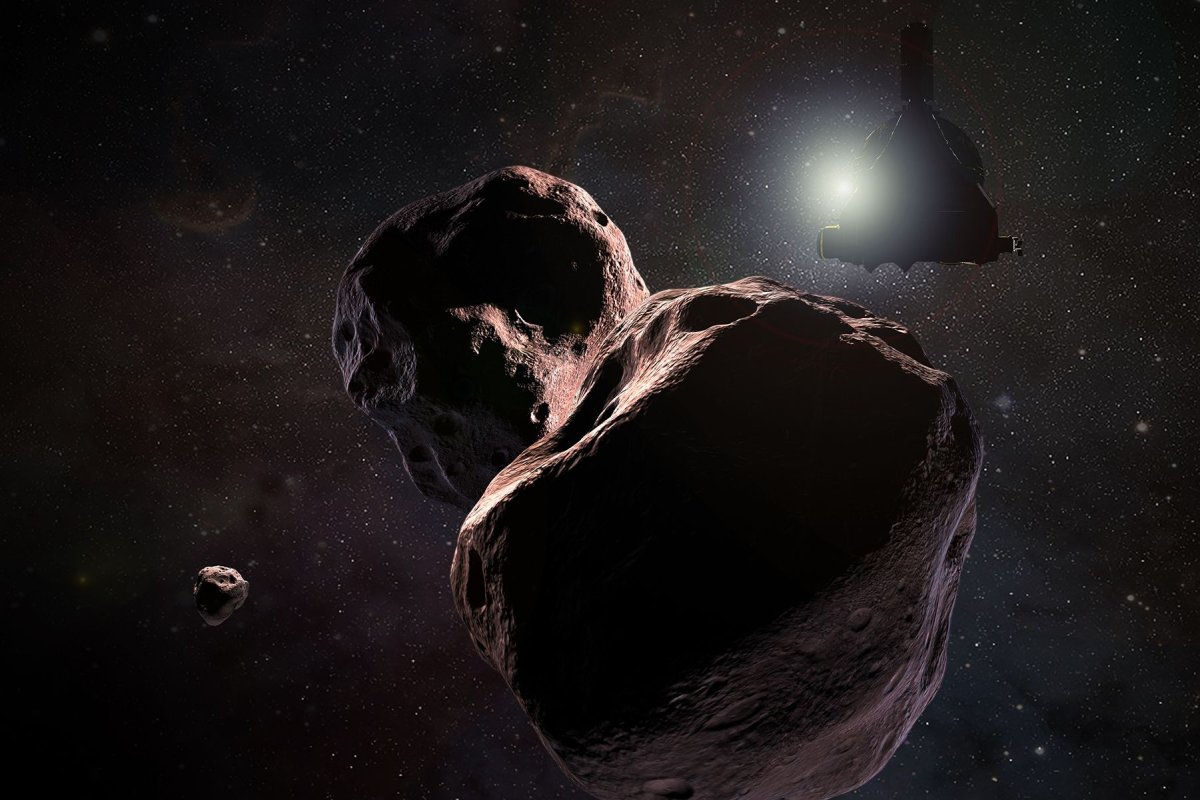A nice nap always makes a long journey more bearable—and that's even more true when the journey covers billions of miles. But no nap can last forever, and the spacecraft known as New Horizons has just ended its last hibernation period before the next stop on its itinerary.
The spacecraft ended almost six months of hibernation on Tuesday in a move that was announced on Twitter by the lead scientist for the mission. The alarm was set to ensure New Horizons would be in top shape by January 1, 2019, when it will become the first spacecraft to study what scientists call a Kuiper Belt object in detail.
That object is called 2014 MU69, although the New Horizons team have nicknamed it Ultima Thule until scientists know enough about it to formally name it. It's pretty small, maybe just 20 miles across. And right now, there's a lot scientists don't know about it.
That includes whether it's even a singular object—the observations scientists have been able to make so far don't make it clear whether it's one peanut-shaped object or two smaller objects that just hang out together. It may even have its own moon.
Part of why the destination still holds so many mysteries is that it was only spotted in 2014 (after the New Horizons spacecraft launched, in fact). Add that to the enormous distance between it and us, and scientists have more questions than answers.

2014 MU69 is simply in a convenient location, close enough to New Horizons' path after Pluto that it has enough fuel to reach the extra destination. There's nothing necessarily special about 2014 MU69 compared to its neighbors, all of which scientists call Kuiper Belt objects.
These objects are small and lumpy, made up of rock and ice, and they form a giant ring around the planets of our solar system. But out here, space is big—2014 MU69 is a billion miles beyond Pluto. That means a huge gap for telescopes to bridge, plus the area doesn't exactly bask in a whole lot of sunlight. That's a recipe for scientific mystery.
But that will change on January 1, 2019, when New Horizons passes as close as just over 2,000 miles above the object's surface, if its immediate neighborhood is empty enough that it can do so safely. Scientists don't know yet once they'll see once the spacecraft beams its findings back to Earth—but it'll sure be worth waking up for.
SaveSave
Uncommon Knowledge
Newsweek is committed to challenging conventional wisdom and finding connections in the search for common ground.
Newsweek is committed to challenging conventional wisdom and finding connections in the search for common ground.
About the writer
Meghan Bartels is a science journalist based in New York City who covers the science happening on the surface of ... Read more
To read how Newsweek uses AI as a newsroom tool, Click here.








